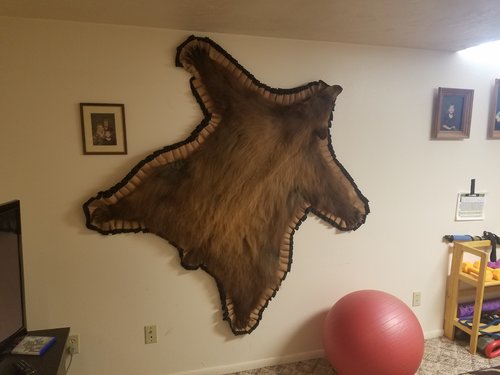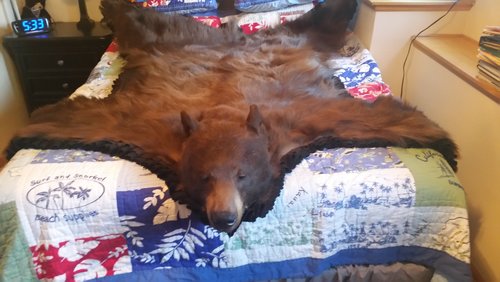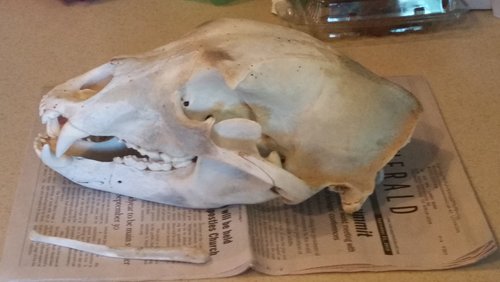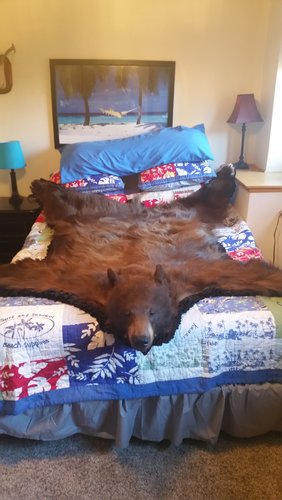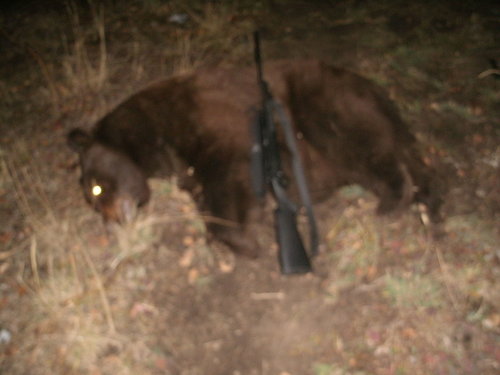MontanaHunter222
Member
Hey everyone,
I've hunted deer and elk in Montana for some time. Now I'm ready to seriously pursue black bears. I live in Northwest, Montana, and I've been running into them more frequently.
So here are my questions:
- Do any of you test for trichinosis? If so, how would I go about that?
- What are the best things I can do with the meat?
- What are cost effective ways to use and display the hide, claws, etc being on a tighter budget?
- If I wanted to get the hide professionally tanned, how much should I expect to spend? (I've tried reaching out to local taxidermists for pricing and they've all just said, "It depends...")
I've hunted deer and elk in Montana for some time. Now I'm ready to seriously pursue black bears. I live in Northwest, Montana, and I've been running into them more frequently.
So here are my questions:
- Do any of you test for trichinosis? If so, how would I go about that?
- What are the best things I can do with the meat?
- What are cost effective ways to use and display the hide, claws, etc being on a tighter budget?
- If I wanted to get the hide professionally tanned, how much should I expect to spend? (I've tried reaching out to local taxidermists for pricing and they've all just said, "It depends...")




